神奇的全能壬二酸系列说

「 Sources of Azelaic Acid
Azelaic acid (also known as azelaic acid) is an organic compound composed of a nine-carbon chain. It naturally exists in grains such as rye, barley, and wheat. Additionally, Malassezia furfur, a yeast naturally found on the human skin surface, breaks down oleic acid into azelaic acid.
Azelaic acid, also known as azelaic acid, has nothing to do with azaleas despite its name. It is a naturally occurring saturated dicarboxylic acid. The similarity between its English name (Azelaic acid) and azalea (Azalea) likely led to a mistranslation, which became its common name.
In medicine, many applications of azelaic acid have been discovered. Medical professionals observed that the skin of patients with tinea versicolor would partially lighten. But what caused this skin lightening? Further research revealed that the secretions of Malassezia furfur, which causes tinea versicolor, inhibit melanin production, , thus causing white patches in the affected areas. This secretion is azelaic acid.
In fact, azelaic acid has a 50-year history of application. It can be found in the secretions of some plants and microorganisms in nature, but the content is too low, so it mainly relies on chemical synthesis.
Many people confuse azelaic acid with azaleic alcohol.
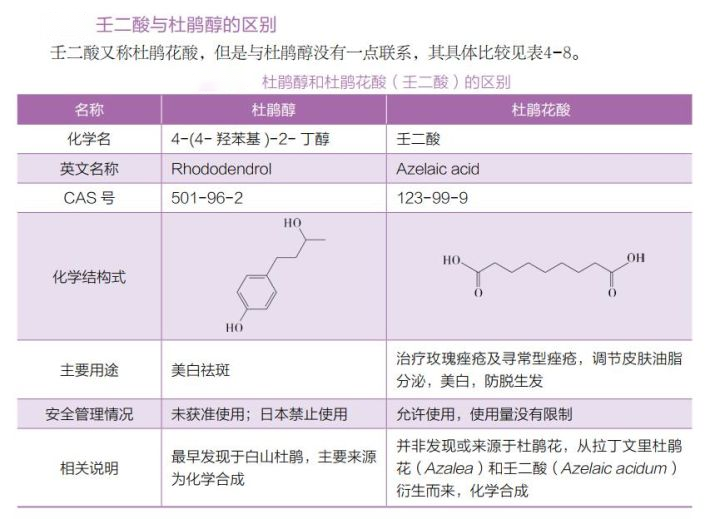
1、 Azelaic Acid
Azelaic acid (nonanedioic acid) only sounds similar to azalea (Azalea) in English, a mistranslation. Azaleic alcohol, however, is a component truly found in Rhododendron fauriae and is widely present in medicinal plants such as white birch, maple, cedar, and yew.
2、 Azaleic Alcohol
Azaleic alcohol gained attention after a "vitiligo incident" involving a major Japanese brand. Statistics show that among 800,000 people using cosmetics containing azaleic alcohol, 19,605 subjects (as of October 2016) claimed to have developed vitiligo, accounting for 2.0% to 2.5% of the total.
「 A Versatile Player in Skincare

1、 Antibacterial Action
Directly inhibits and kills bacteria on the skin surface and in hair follicles, eliminating pathogens;
2、 Sebum Regulation
Competitively inhibits the enzyme activity (5α-reductase) that catalyzes the production of dihydrotestosterone, reducing excess skin oil caused by dihydrotestosterone;

3、 Anti-inflammatory Action
Inhibits the production of reactive oxygen species, which is beneficial for anti-inflammation;
4、 Prevents Hyperkeratosis
Reduces the synthesis of filaggrin, preventing excessive keratinization of hair follicles;
5、 Whitening and Fade Spots
Disrupts the mitochondrial respiration of abnormal melanocytes, inhibiting their DNA synthesis, thereby inhibiting the proliferation of abnormal melanocytes.
Note: Azelaic acid selectively acts on abnormal melanocytes (because AzA has high permeability to abnormal cells) and has no effect on normal melanocytes.
In the skincare industry, azelaic acid is often used in oil control and acne treatment, whitening and spot removal, and hair loss prevention products. Here are a few typical examples.
Acne Treatment, Oil Control, and Acne Removal
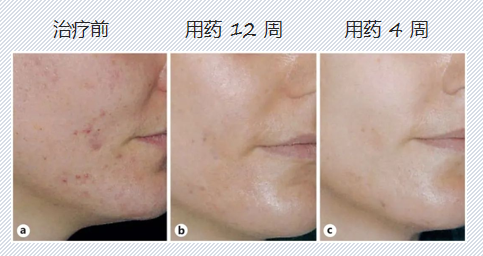
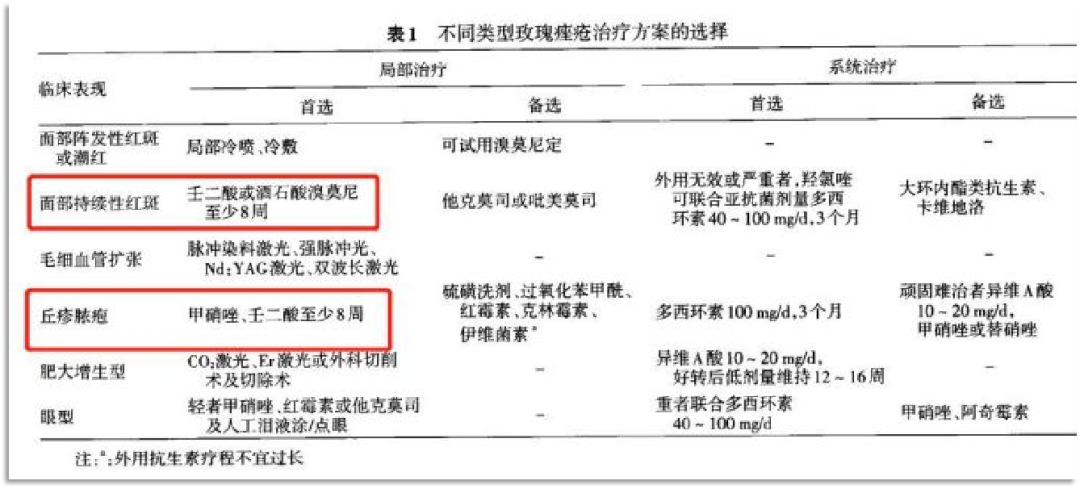
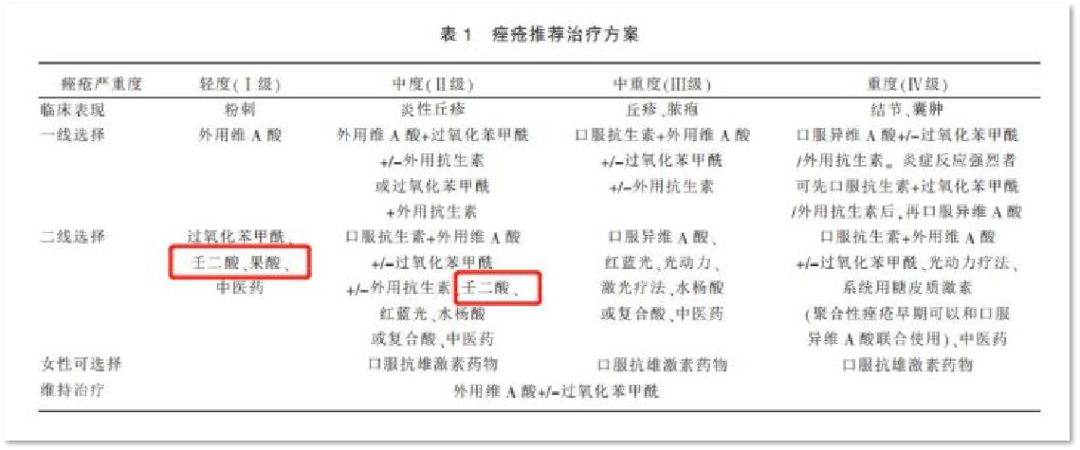
In the "Chinese Expert Consensus on the Diagnosis and Treatment of Rosacea," azelaic acid is the first-line treatment for persistent erythema and papulopustules on the face in rosacea, with a commonly used concentration of 15% to 20% gel. The US Food and Drug Administration has approved 15% gel and 15% foam for the treatment of adult rosacea and has established its efficacy.
Whitening and Spot Removal
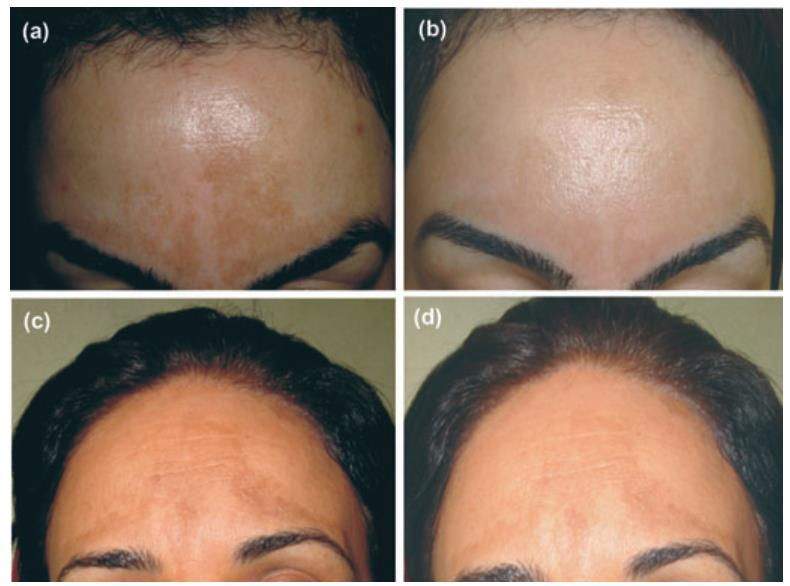
Clinical trials have confirmed that 329 women with melasma used either 20% azelaic acid cream or 4% hydroquinone cream for 24 consecutive weeks. The results showed that 65% of patients in the azelaic acid cream group and 70% of patients in the hydroquinone cream group showed significant effects, and the azelaic acid cream group did not experience allergic reactions.
Auxiliary Hair Loss Prevention
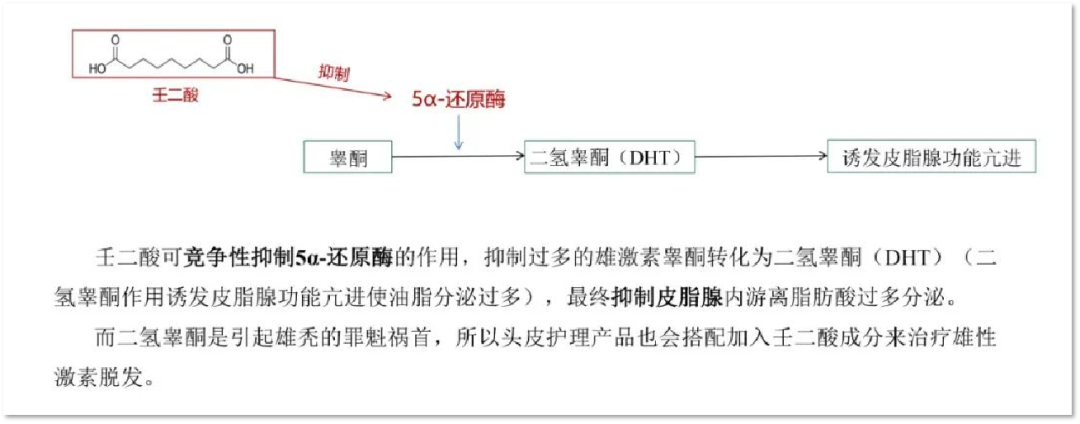
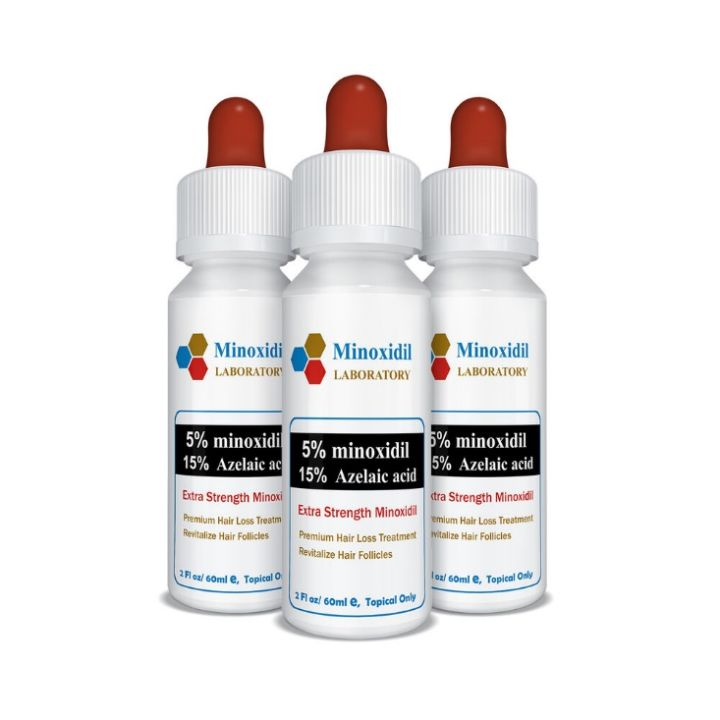 According to literature, azelaic acid can reduce scalp oil secretion and has a certain activating effect on hair follicles. Many mature hair growth products abroad add 15% azelaic acid and 5% minoxidil.
According to literature, azelaic acid can reduce scalp oil secretion and has a certain activating effect on hair follicles. Many mature hair growth products abroad add 15% azelaic acid and 5% minoxidil.
Azelaic Acid
1. Although called an acid, it is not an acid in nature;
2. It is not exfoliating to the skin and can be used by sensitive skin;
3. It can be used morning and night, does not require light avoidance, but sunscreen is necessary;
4. It does not have drug resistance and can be used for long-term stabilization of acne-prone skin.
Salicylic acid (lipid-soluble organic acid), AHA ( α-hydroxy acid):
1. It has an exfoliating effect on the stratum corneum. People with sensitive skin or damaged stratum corneum should use it with caution;
2. High concentrations are considered acid peels, with strong exfoliation that requires careful use under the guidance of a doctor;
3. Strict sun protection is required to avoid secondary skin damage.
Advantages: Azelaic Acid
Azelaic acid, as an acid, is not photosensitive and can be used during the day. Compared to salicylic acid and mandelic acid, even high concentrations of azelaic acid do not cause significant irritation, and its antibacterial effect far surpasses that of salicylic acid and mandelic acid; compared to antibiotics, azelaic acid does not have drug resistance and can be used long-term. For cosmetics, antibiotics are still prohibited substances.
Disadvantages: Azelaic Acid
Azelaic acid has poor compatibility, limiting its application: poor solubility, basically "insoluble in water and oil," with a solubility in water at room temperature of only 0.24%. When added at high concentrations, it easily precipitates, which is wasteful in a sense and results in poor application feel.
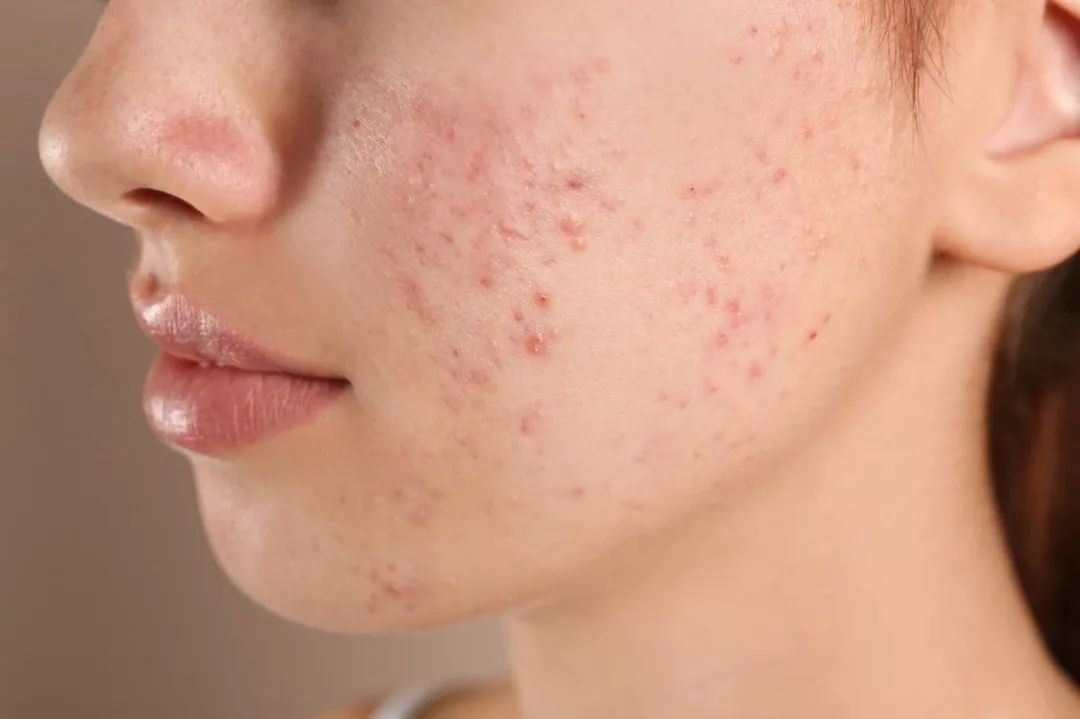
「 Beri Pharmaceutical Solutions
Currently, there are many technical solutions to address the poor solubility and permeation of azelaic acid, including azelaic acid derivatives, cyclodextrin encapsulation, liposomes, microcapsules, etc., which can easily produce products such as lotions, serums, gels, and concentrates, with effects comparable to traditional methods, greatly enhanced solubility, and significantly reduced irritation.
Beri offers 3 solutions to choose from:
1、 60% Ultrafine Azelaic Acid ●
BeriCos ® AzA-60 is a raw material developed using ultrafine pulverization technology and high-pressure homogenization technology, Azelaic acid particle size <1 micron (the diameter of general cream/emulsion particles is about 1 micron). It can be added to cream/emulsion products after emulsification, making it easy to produce products containing high azelaic acid content .
a. Good stability: Azelaic acid particles with a diameter < general emulsion particles can be stably suspended in cream/emulsion systems and are not prone to aggregation, sedimentation, or precipitation;
b. Good skin feel: Ultrafine particle size, delicate skin feel, no particle sensation.
2、 Azelaic Acid Inclusion Compound ●
BeriCos® AzA-Nano, based on cyclodextrin, uses molecular encapsulation technology to provide a solution to the application challenges of azelaic acid, characterized by good solubility, high utilization rate, and low irritation .
The azelaic acid content is 13% , with a solubility of over 20% in water at room temperature (effective azelaic acid concentration >2.6%), significantly improving solubility compared to azelaic acid (0.24%).
3、 Azelaic Acid Derivative ●
Azelaic acid undergoes a chemical reaction to produce azelaic acid derivatives. When azelaic acid derivatives encounter the skin, they generate azelaic acid to exert their effects.
Among them, azelaoyl dipeptide-3 diaminobutyroyl benzylamide diacetate, as a member of azelaic acid derivatives, has good efficacy and solubility , often used as a substitute for azelaic acid in cosmetics. Azelaoyl dipeptide-3 diaminobutyroyl benzylamide diacetate is 100% monomer, non-itchy, non-irritating, does not cause skin redness or allergies, and does not cause excessive skin dryness 。
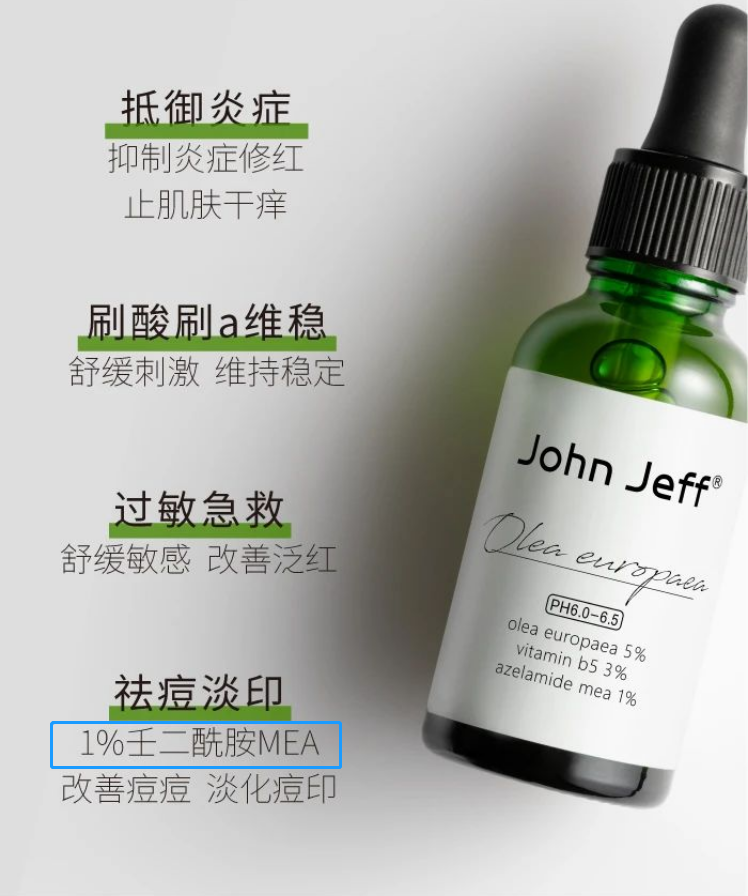
John Jeff olive essence contains 1% azelaoyl dipeptide-3 diaminobutyroyl benzylamide diacetate
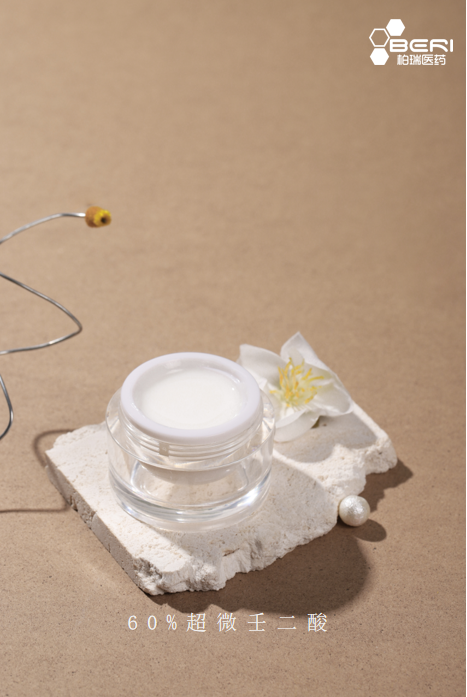
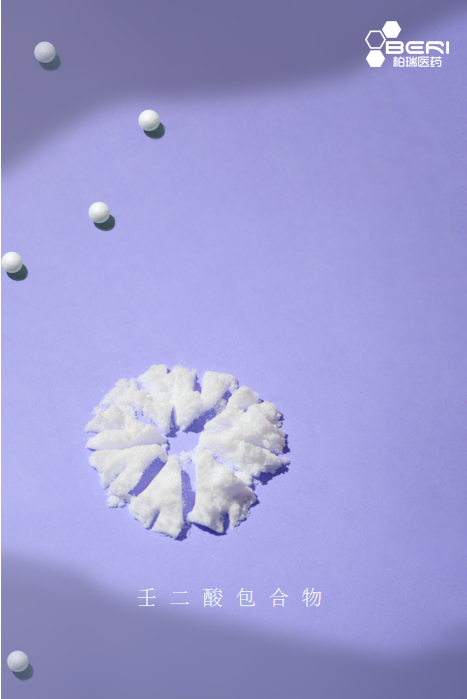

Welcome to follow our company's WeChat official account to learn more about the latest product information!
More Explore






